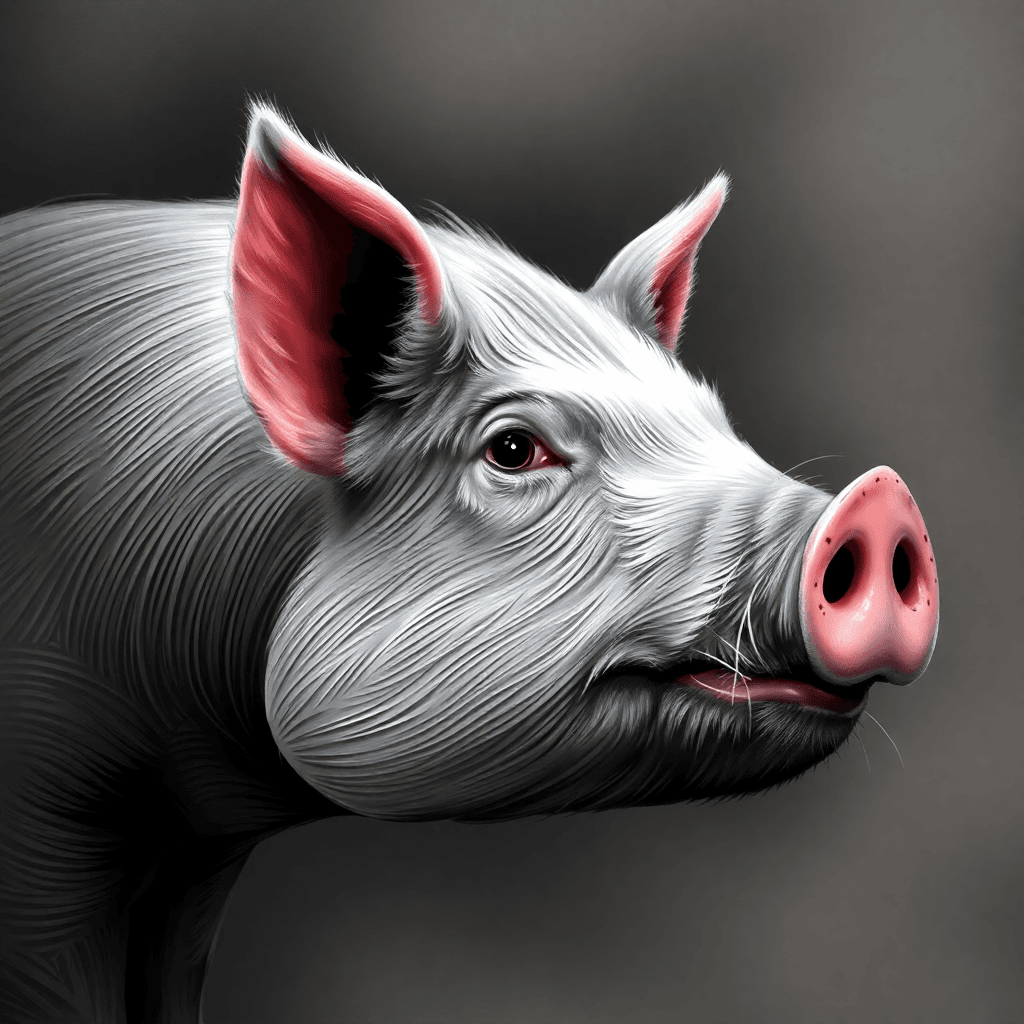Bluetongue Disease

Introduction to Bluetongue
Bluetongue is a viral disease that primarily affects ruminants, particularly sheep. The disease is caused by the Bluetongue virus (BTV). It is essential to understand how this disease spreads, its symptoms, and the methods of prevention. This knowledge can help farmers and veterinarians manage and control its impact effectively.
What is Bluetongue?
Bluetongue is a non-contagious viral disease transmitted mainly by biting midges of the genus Culicoides. While it primarily affects sheep, it can also infect cattle, goats, and wild ruminants. The disease can lead to severe health issues in infected animals.
Importance of Awareness
Understanding bluetongue is crucial for livestock owners. The disease can cause significant economic losses due to decreased productivity and increased veterinary costs. Moreover, awareness helps in early detection and management of outbreaks.
Symptoms of Bluetongue
Recognizing the symptoms of bluetongue is vital for prompt treatment. Different species exhibit varying signs. Here are some common symptoms:
In Sheep
- Swelling of the Tongue
- One of the most distinctive signs is swelling of the tongue, which may appear bluish in color.
- Fever
- Infected sheep often experience elevated body temperature.
- Excessive Salivation
- Increased salivation can occur due to oral lesions.
- Nasal Discharge
- A clear or cloudy nasal discharge may be present.
- Ulceration
- Ulcers may develop on the muzzle, lips, and ears.
- Lameness
- Painful hooves can lead to lameness in affected animals.
- Reproductive Issues
- Pregnant ewes may face complications such as abortion or birthing non-viable lambs.
In Cattle
Cattle often show mild or no symptoms at all. However, when symptoms do appear, they may include:
- Fever
- Swelling around the eyes
- Nasal discharge
For more detailed information on symptoms, you can refer to the Centers for Disease Control and Prevention.
Transmission of Bluetongue
Understanding how bluetongue spreads is crucial for prevention efforts.
Vector Transmission
The primary mode of transmission is through insect bites. Biting midges (Culicoides) are responsible for spreading the virus among animals. These insects thrive in warm climates and are most active during dusk and dawn.
Other Transmission Methods
While direct contact between animals does not spread bluetongue, there are other potential transmission routes:
- Contaminated Equipment: Tools used on infected animals can carry the virus.
- Vertical Transmission: Infected mothers may transmit the virus to their unborn offspring.
For further reading on transmission methods, check out The Merck Veterinary Manual.
Geographic Distribution
Bluetongue occurs in various regions worldwide. It has been reported in Africa, Asia, Europe, and parts of North America. Climate plays a significant role in its distribution since Culicoides thrive in warmer temperatures.
Seasonal Outbreaks
Outbreaks often correlate with seasonal changes. Warmer months see increased insect activity, leading to higher infection rates among livestock.
Economic Impact
The economic implications of bluetongue are significant. The disease can lead to:
- Decreased milk and meat production
- Increased veterinary costs
- Losses from livestock deaths
According to a study published by the World Organisation for Animal Health (OIE), global economic losses from bluetongue outbreaks are estimated at around $3 billion annually.
Prevention Strategies
Preventing bluetongue requires a multifaceted approach.
Vector Control
- Insecticides: Use insecticides to reduce midge populations around livestock.
- Habitat Management: Eliminate standing water where midges breed.
Animal Management Practices
- Housing: Keep animals indoors during peak midge activity times.
- Vaccination: Vaccines are available for at-risk populations but should be administered under veterinary guidance.
For more information on vaccination strategies, visit The American Veterinary Medical Association.
Monitoring and Reporting
Farmers should monitor their herds closely for any signs of illness and report suspected cases to veterinarians immediately.
Treatment Options
Currently, there is no specific antiviral treatment for bluetongue. Management focuses on supportive care:
- Provide fluids to dehydrated animals.
- Treat secondary infections with appropriate antibiotics if necessary.
Veterinarians play a crucial role in managing affected animals and providing guidance on best practices.
Conclusion
Bluetongue remains a significant concern for livestock owners worldwide. Understanding its symptoms, transmission methods, and prevention strategies is essential for effective management. By staying informed and proactive, farmers can protect their herds from this viral disease.
For more pearls of Vets Wisdom:
Sire Indices for Bulls





Responses